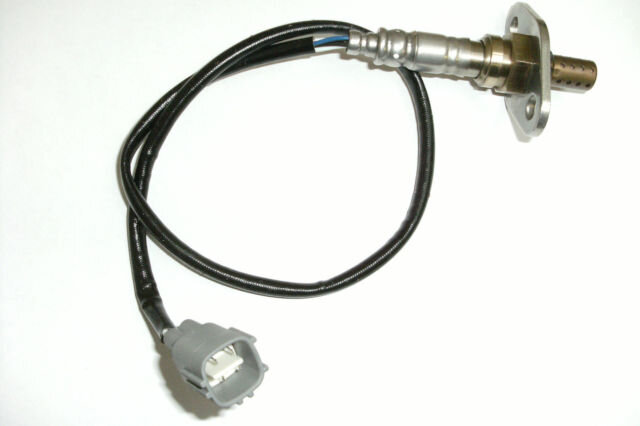Skyeman
Active Member
- Joined
- Nov 27, 2012
- Messages
- 60
- Country Flag
Hi all,
Just joined - migrated from 'that other' forum (where very little happens)
As mentioned in the title I have a possible cat problem. I do a lot of miles in the Amazon (currently 118k). Bought it 4 or 5 years ago just converted to lpg (flashlube fitted) with about 50k on it, and it's full MDSH. In August, heading for the continent, the check engine light came on, along with 'vsc trc' and 'vsc off' lights (was told by Toyo garage these 2 come on automatically if the CEL is lit).
It drove perfectly normally so we pushed on, and on returning to UK (2000 miles later) it went in to Toyo main dealer for interim service and investigation. Garage changed both pre and post cat oxygen sensors on the left hand bank, in response to fault code p0420. They road tested it for 30 mins and all ok.
However, after about 60 miles, back to square one! I've since had it to my local mechanic (non Toyo but I trust him) and he did a smoke test and found a couple of small leaks on the inlet side - base of the oil filler neck, and a rubber breather pipe on top of the engine. Both fixed and fault erased, but after another 60 miles - you guessed it!
The exhaust is in good condition (no leaks), so wondering where to go next. Mech says it could be a failing plug or coil pack, but I would have thought it would then throw up a more specific fault code.
Obviously I'm resisting changing the cat until I'm certain that's the fault - would hate like hell to spend all that cash and see the fault reappear!
Does anyone on here have any pearls of wisdom - anyone been down this road with a V8?? (no pun intended!)
Incidentally running just on petrol instead of lpg makes no difference - I put a full tank of Shell V-power through it (ouch!) to no avail.
regards
Rick
Just joined - migrated from 'that other' forum (where very little happens)
As mentioned in the title I have a possible cat problem. I do a lot of miles in the Amazon (currently 118k). Bought it 4 or 5 years ago just converted to lpg (flashlube fitted) with about 50k on it, and it's full MDSH. In August, heading for the continent, the check engine light came on, along with 'vsc trc' and 'vsc off' lights (was told by Toyo garage these 2 come on automatically if the CEL is lit).
It drove perfectly normally so we pushed on, and on returning to UK (2000 miles later) it went in to Toyo main dealer for interim service and investigation. Garage changed both pre and post cat oxygen sensors on the left hand bank, in response to fault code p0420. They road tested it for 30 mins and all ok.
However, after about 60 miles, back to square one! I've since had it to my local mechanic (non Toyo but I trust him) and he did a smoke test and found a couple of small leaks on the inlet side - base of the oil filler neck, and a rubber breather pipe on top of the engine. Both fixed and fault erased, but after another 60 miles - you guessed it!
The exhaust is in good condition (no leaks), so wondering where to go next. Mech says it could be a failing plug or coil pack, but I would have thought it would then throw up a more specific fault code.
Obviously I'm resisting changing the cat until I'm certain that's the fault - would hate like hell to spend all that cash and see the fault reappear!
Does anyone on here have any pearls of wisdom - anyone been down this road with a V8?? (no pun intended!)
Incidentally running just on petrol instead of lpg makes no difference - I put a full tank of Shell V-power through it (ouch!) to no avail.
regards
Rick







![gen-lambda-sensor-direct-fit-89465-29465-786-p[ekm]300x200[ekm].jpg](http://www.auto-sensors.co.uk/ekmps/shops/autosensor/images/gen-lambda-sensor-direct-fit-89465-29465-786-p[ekm]300x200[ekm].jpg)